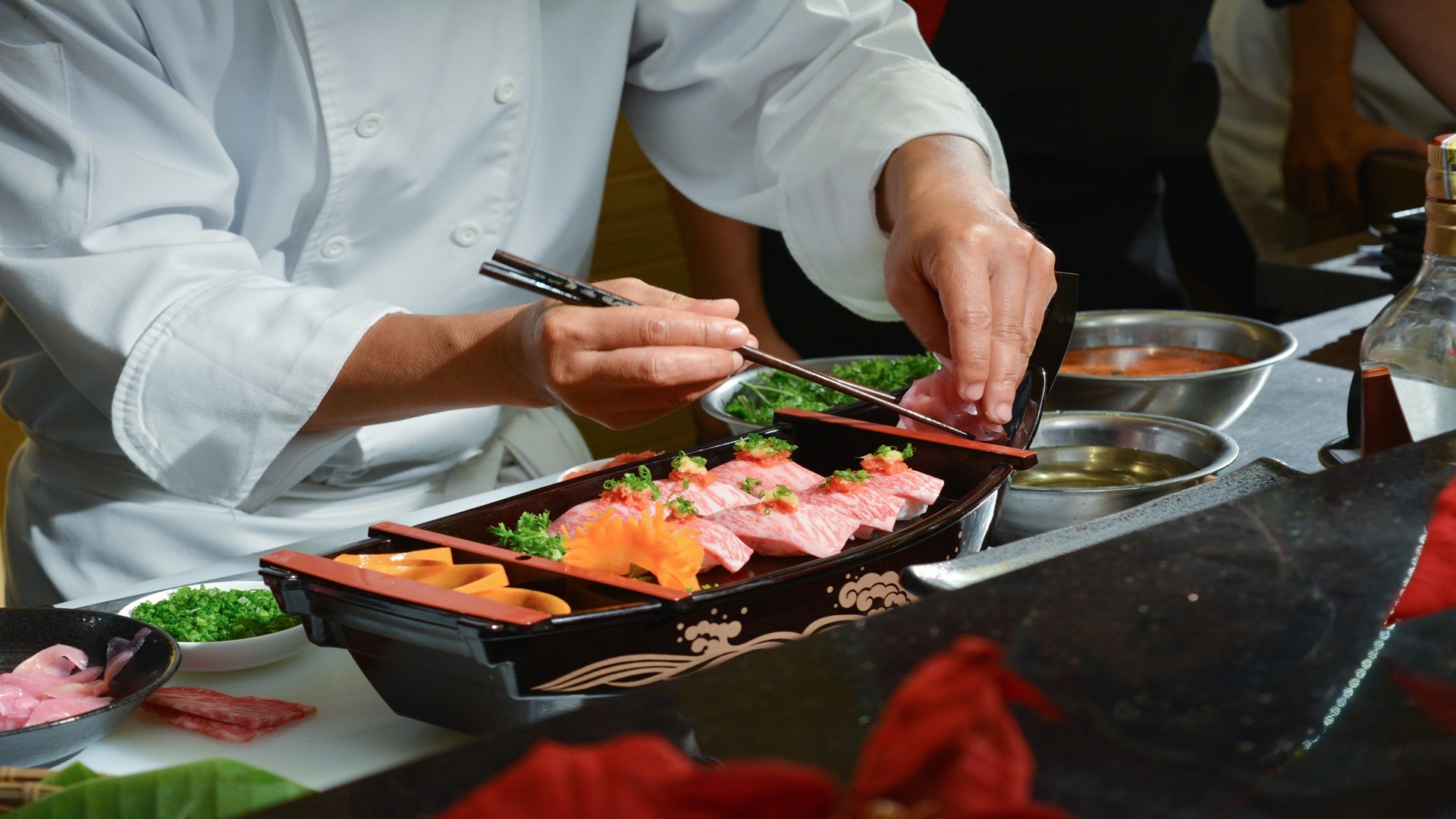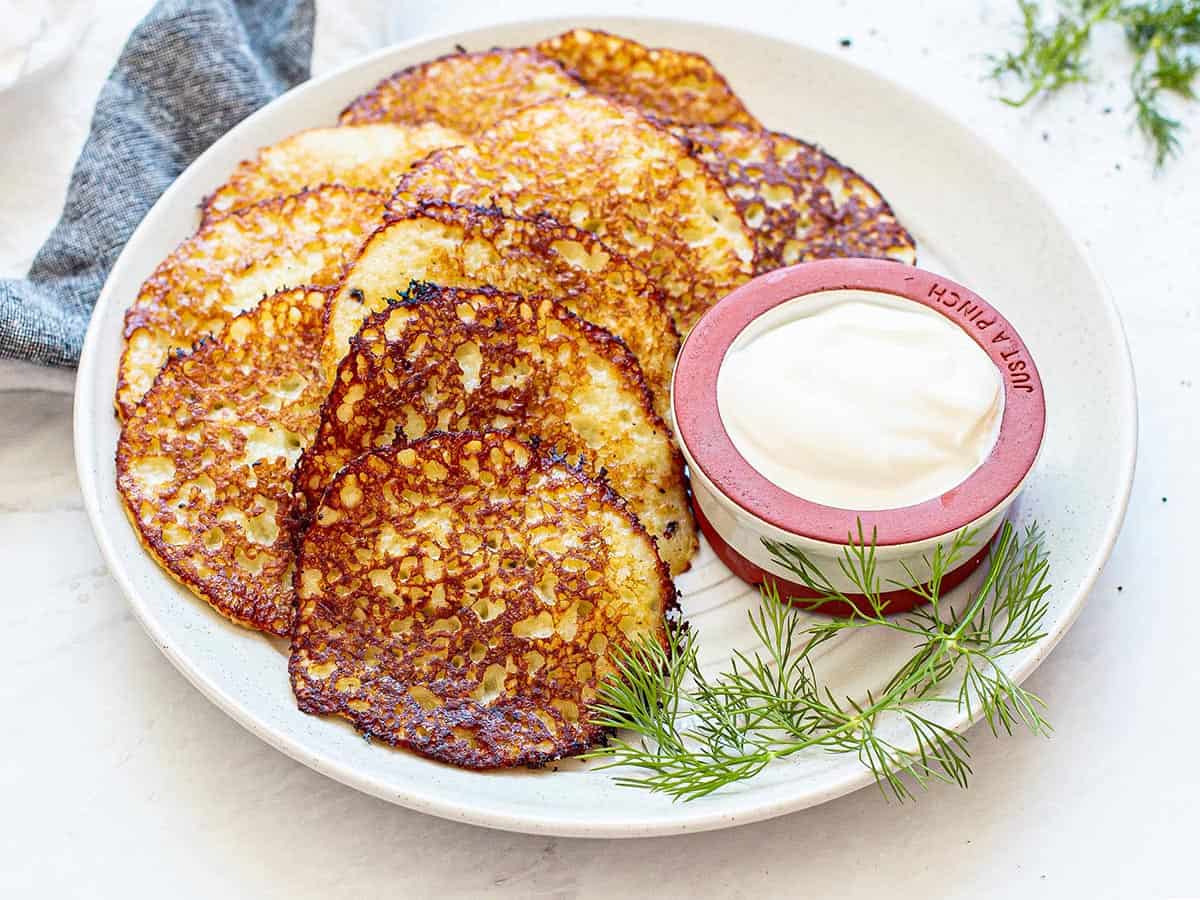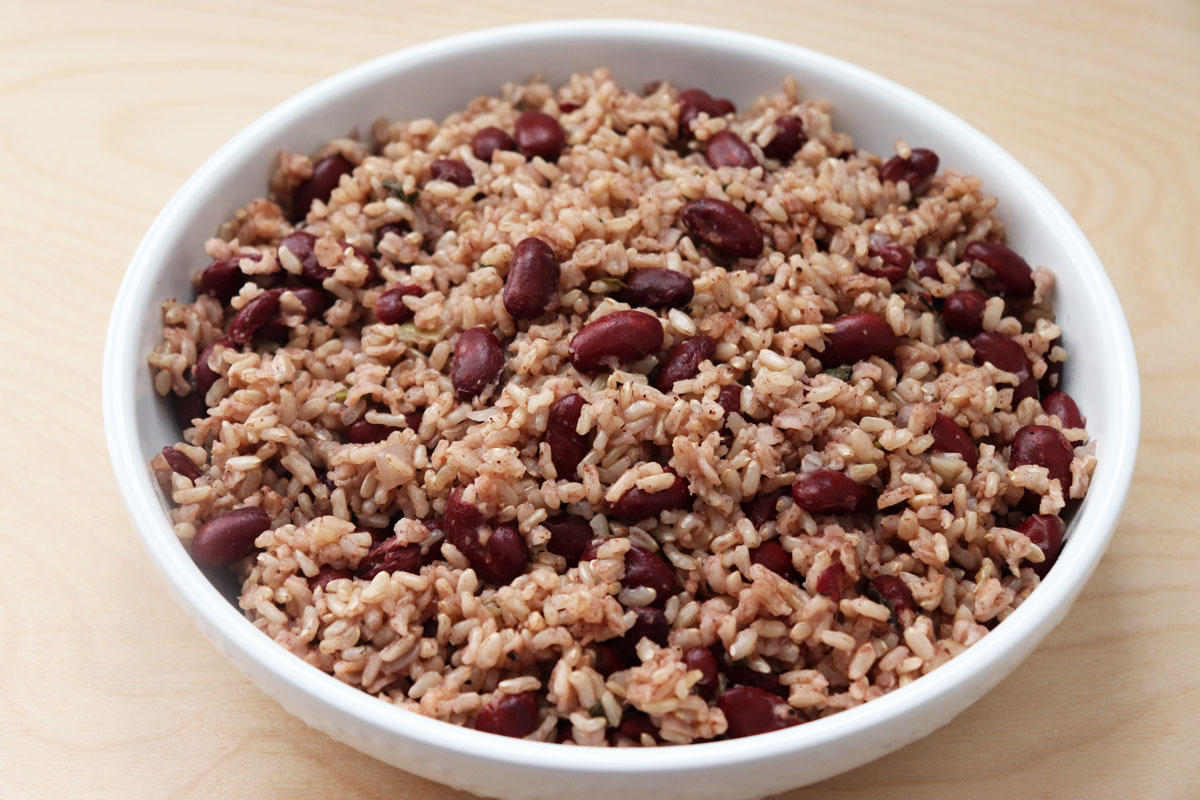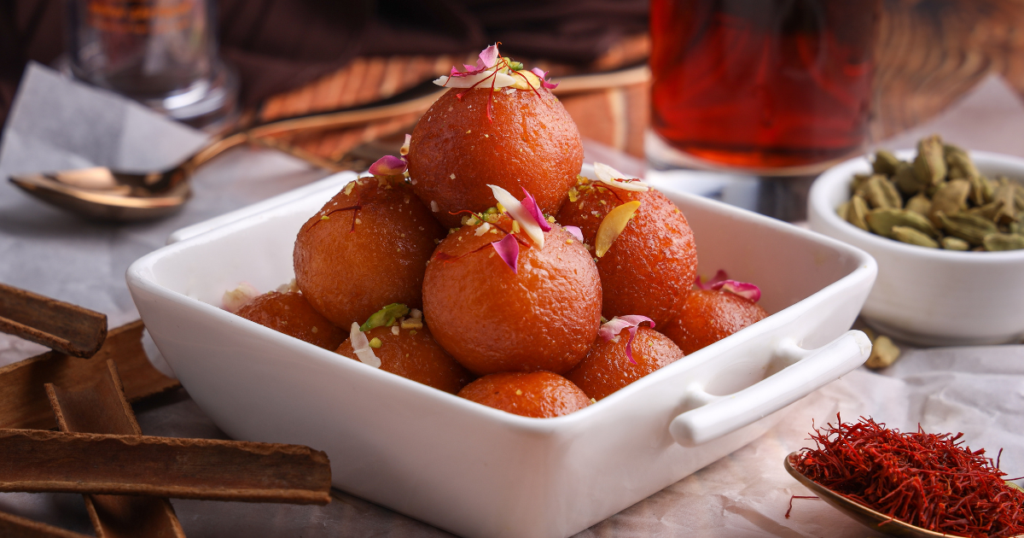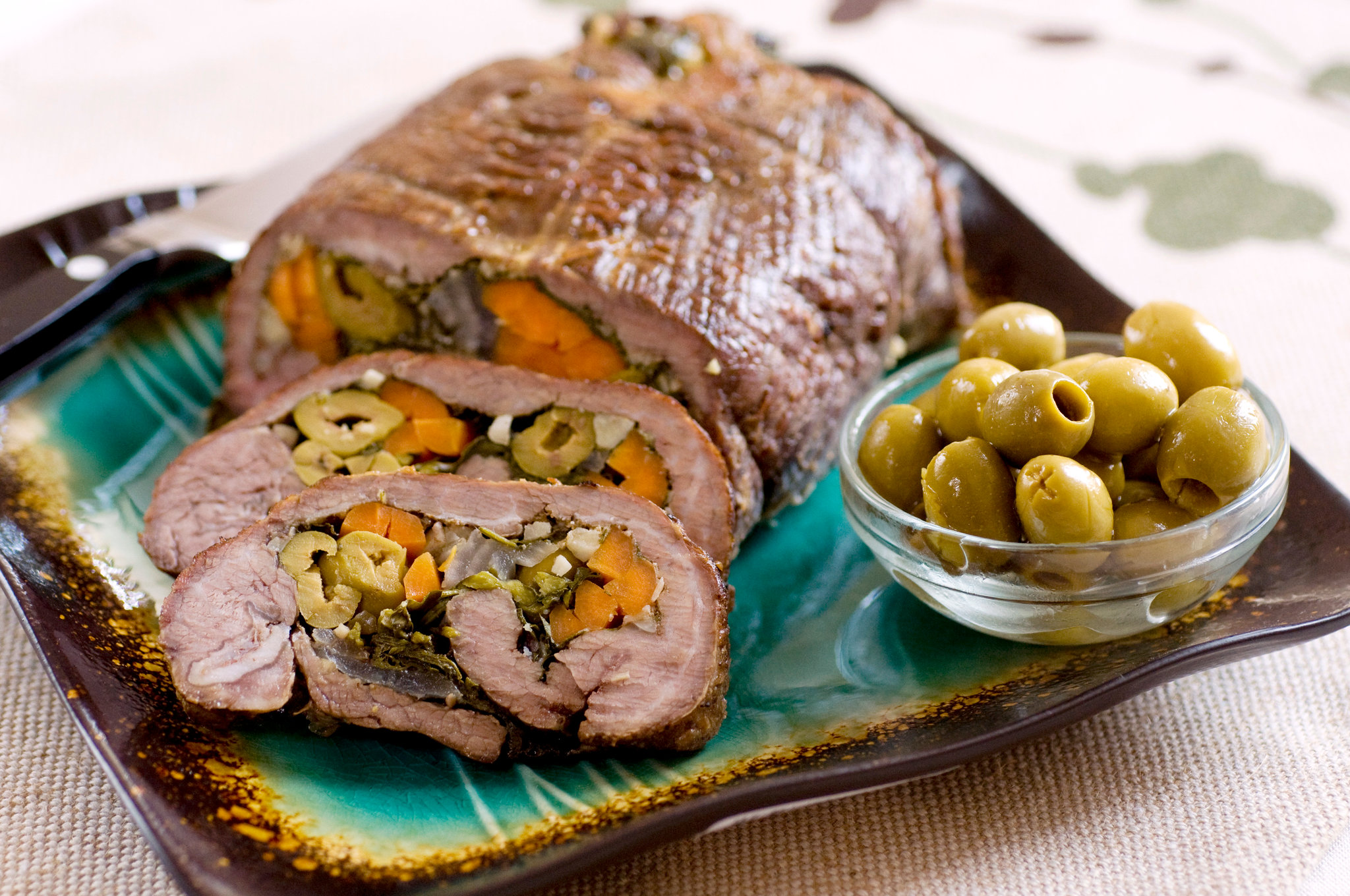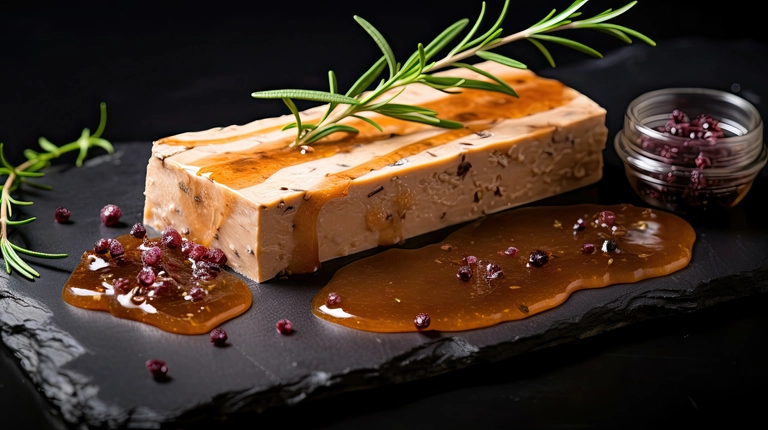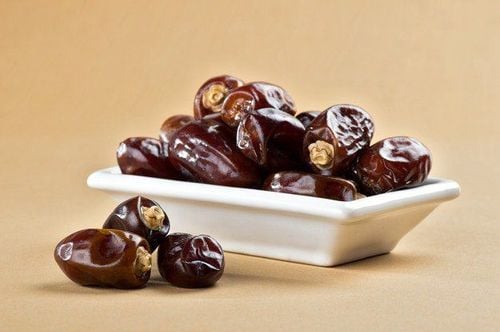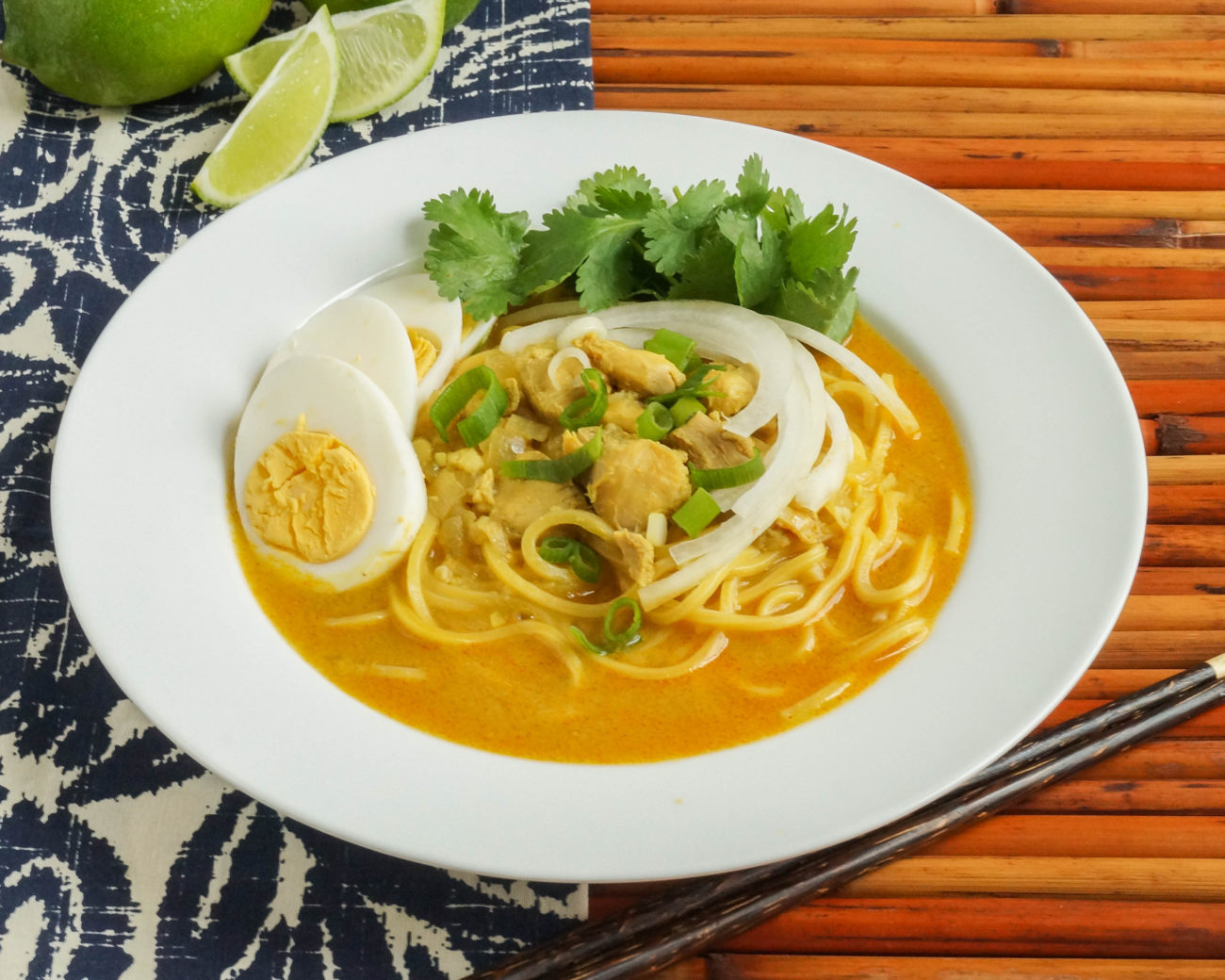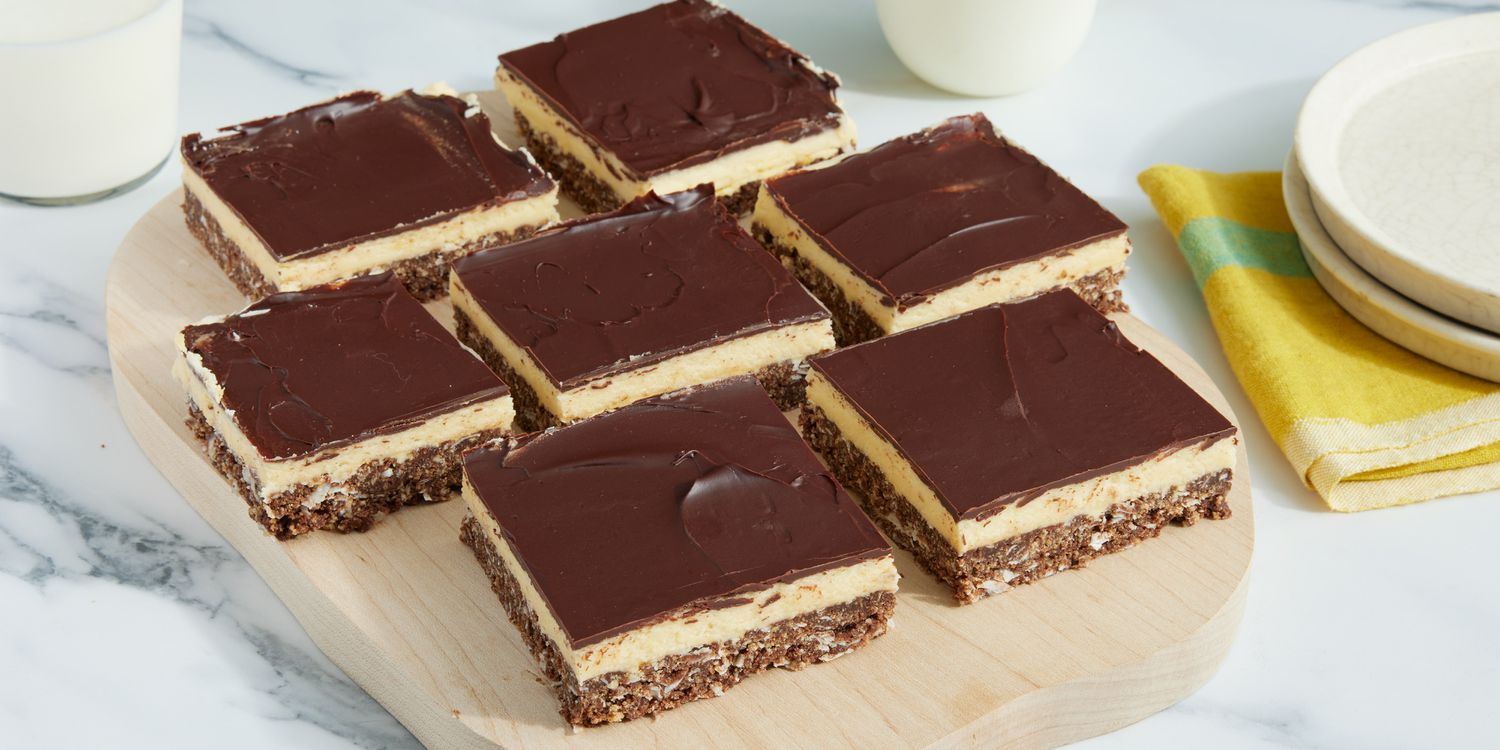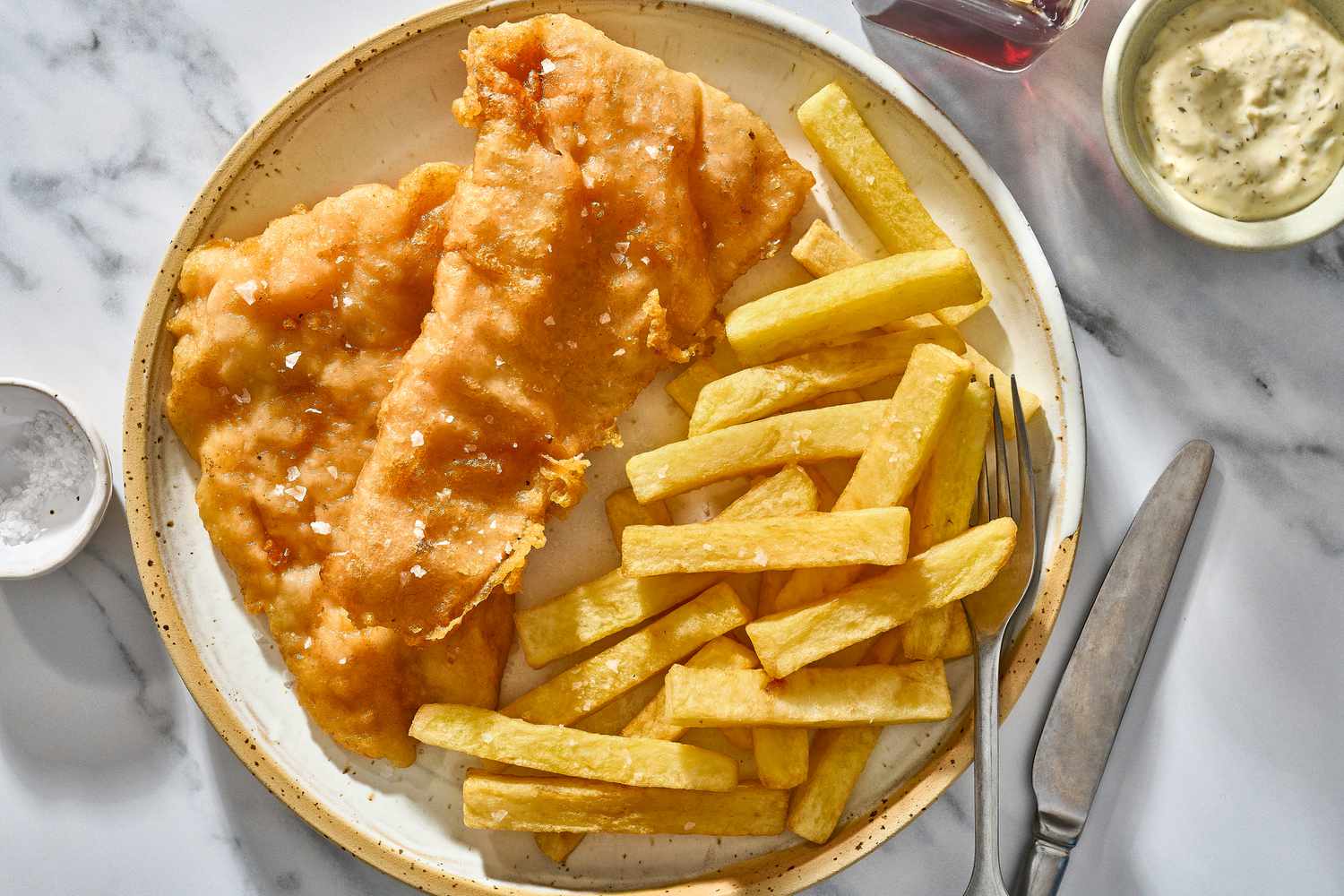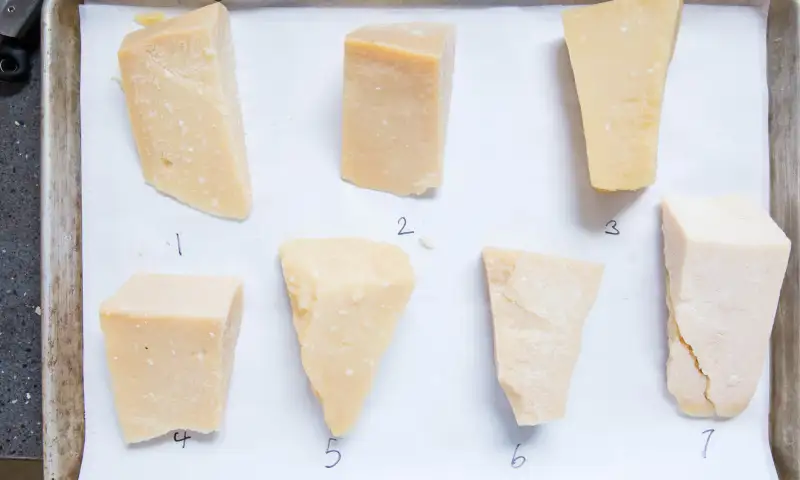love4livi.com – Khao Soi is a beloved dish that captures the essence of Northern Thailand’s culinary traditions. With its rich, creamy broth and unique combination of textures, Khao Soi offers a flavorful experience that is both comforting and exotic. This article explores the origins, ingredients, preparation, and cultural significance of this iconic curry noodle dish.
The Origins of Khao Soi
Khao Soi has its roots in the cultural exchange between Thailand and neighboring countries such as Myanmar and Laos. The dish is particularly associated with the northern city of Chiang Mai, where it has become a staple of local cuisine. Influences from Chinese Muslim traders can also be seen in Khao Soi, especially in its use of spices and coconut milk.
While variations of Khao Soi exist across Southeast Asia, the Northern Thai version is unique for its rich, coconut-based curry broth and the addition of crispy fried noodles as a garnish.
Essential Ingredients
The heart of Khao Soi lies in its aromatic curry broth, which is made using red curry paste, coconut milk, and a blend of spices including turmeric, coriander, and cumin. The broth is simmered with chicken, beef, or sometimes tofu, infusing the dish with deep, savory flavors.
Egg noodles are the star of Khao Soi, both boiled and fried. The boiled noodles create a soft base, while the crispy fried noodles add a delightful crunch for contrast.
Toppings and garnishes play a crucial role in enhancing the dish’s flavors. Pickled mustard greens, shallots, lime wedges, and chili oil are commonly served alongside Khao Soi, allowing diners to customize their experience.
Preparation Method
To prepare Khao Soi, the curry paste is first fried in oil to release its aromatic flavors. Coconut milk is then added, along with the choice of protein, and the mixture is simmered until the meat is tender.
Egg noodles are cooked separately and divided into two portions: one for serving as a base and the other for frying until crispy. The dish is assembled by placing the boiled noodles in a bowl, ladling the curry broth over them, and topping with crispy noodles.
Finally, garnishes such as pickled mustard greens, shallots, and lime are added, and a drizzle of chili oil provides an optional kick of heat.
Serving and Enjoying Khao Soi
Khao Soi is typically served hot and is best enjoyed fresh. The interplay of creamy, spicy, and tangy flavors, combined with the contrast of textures, makes each bite a delight. It is a popular dish at street food stalls and local eateries in Northern Thailand, where it is often accompanied by a cool beverage to balance the heat of the curry.
Cultural Significance
Khao Soi is much more than a meal; it is a reflection of the cultural melting pot that characterizes Northern Thailand. The dish illustrates the region’s historical interactions with neighboring cultures and showcases the adaptability of Thai cuisine.
In Chiang Mai and other parts of Northern Thailand, Khao Soi is a beloved comfort food, often enjoyed during celebrations and family gatherings. Its popularity has also spread beyond Thailand’s borders, making it a favorite dish in Thai restaurants around the world.
Conclusion
Khao Soi is a delicious embodiment of Northern Thailand’s rich culinary heritage. Its creamy, aromatic broth, combined with the unique texture of crispy noodles, offers a dining experience that is both satisfying and memorable. Whether you are exploring the vibrant streets of Chiang Mai or recreating the dish at home, Khao Soi invites you to savor the diverse flavors and traditions of Thai cuisine.

